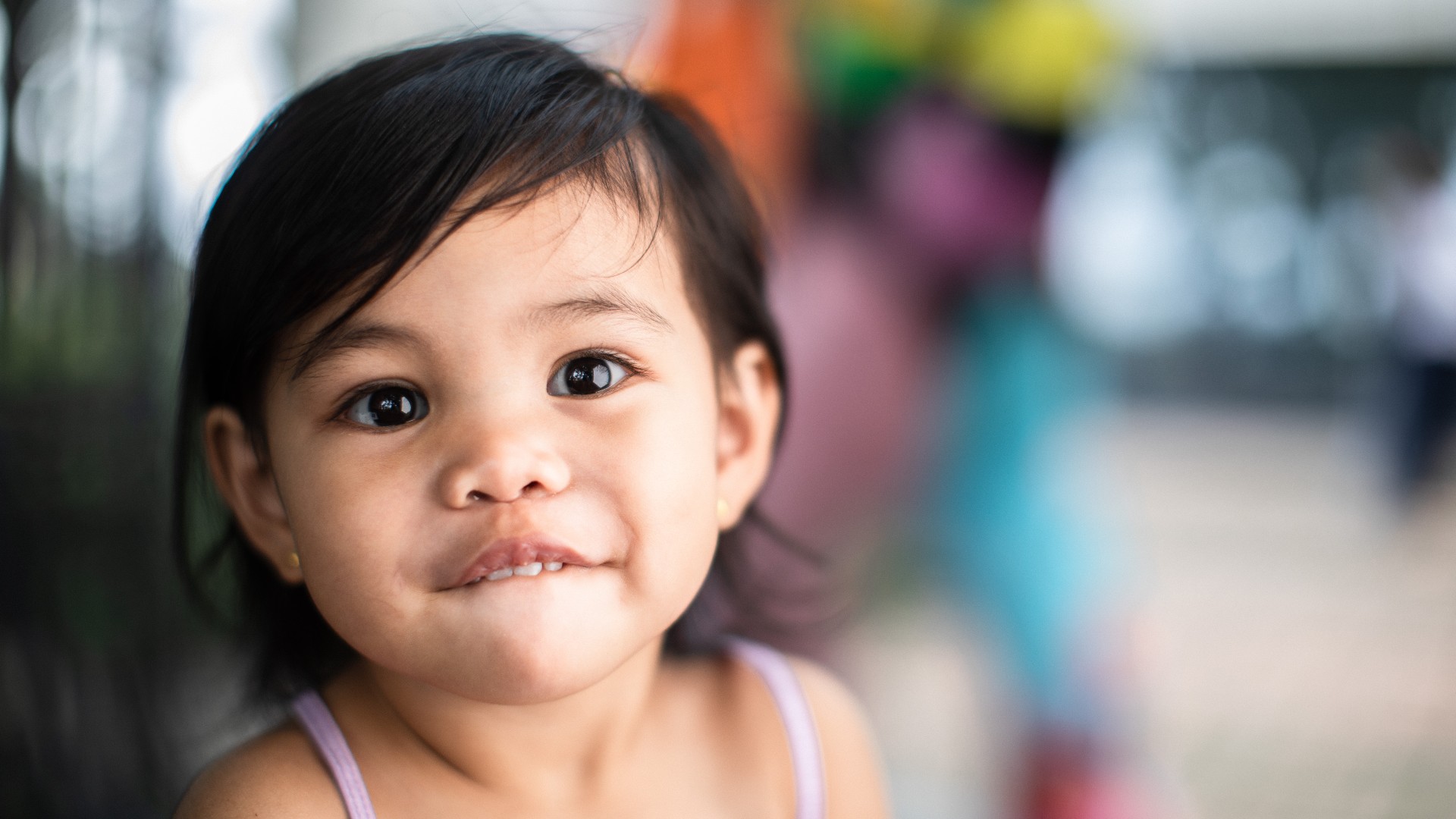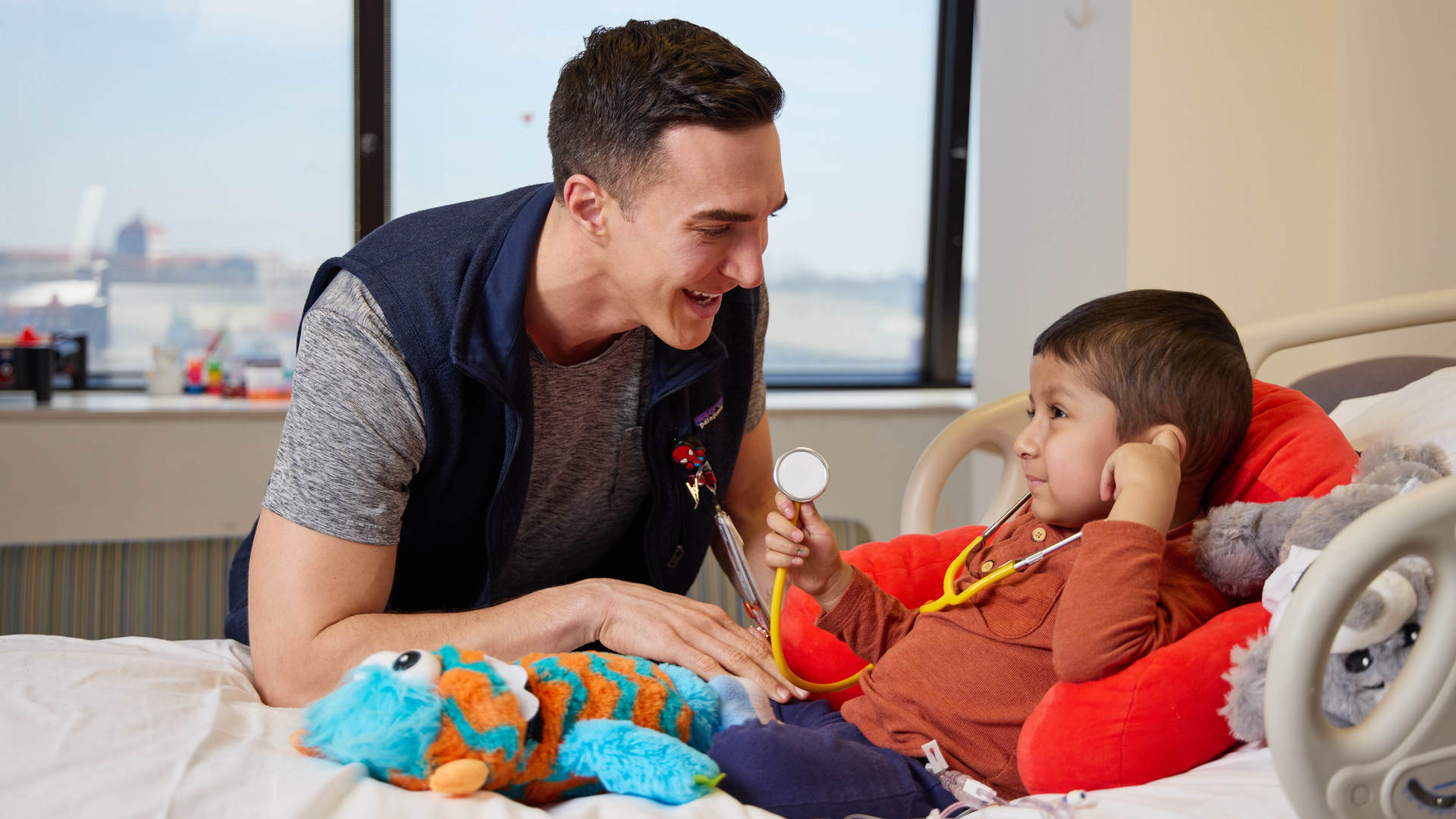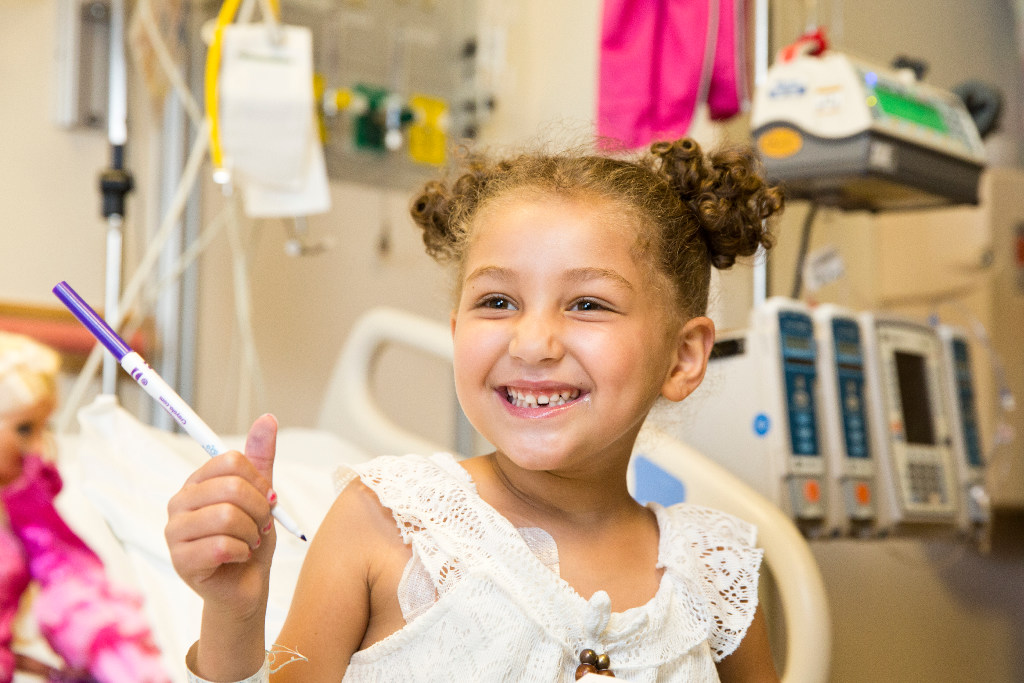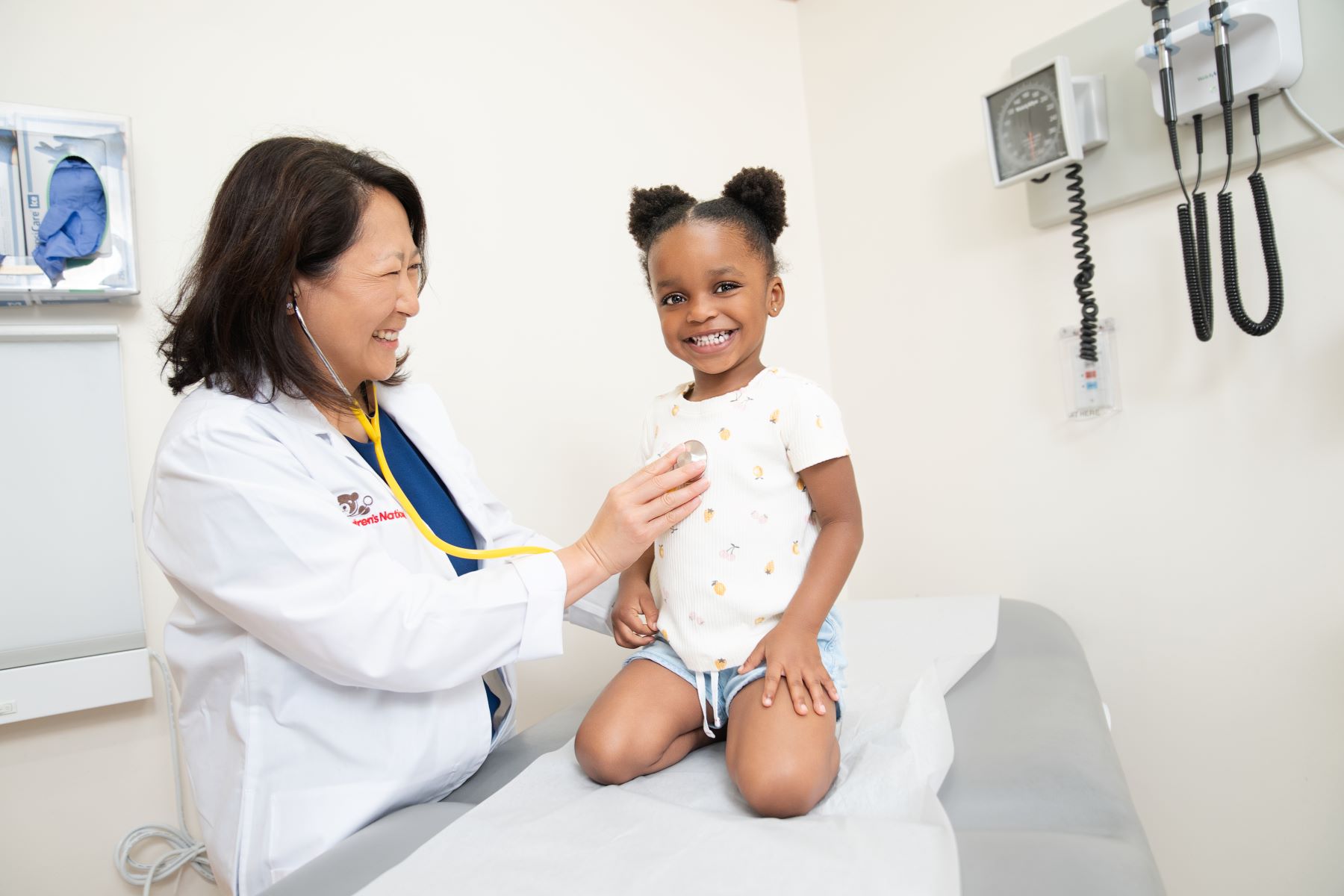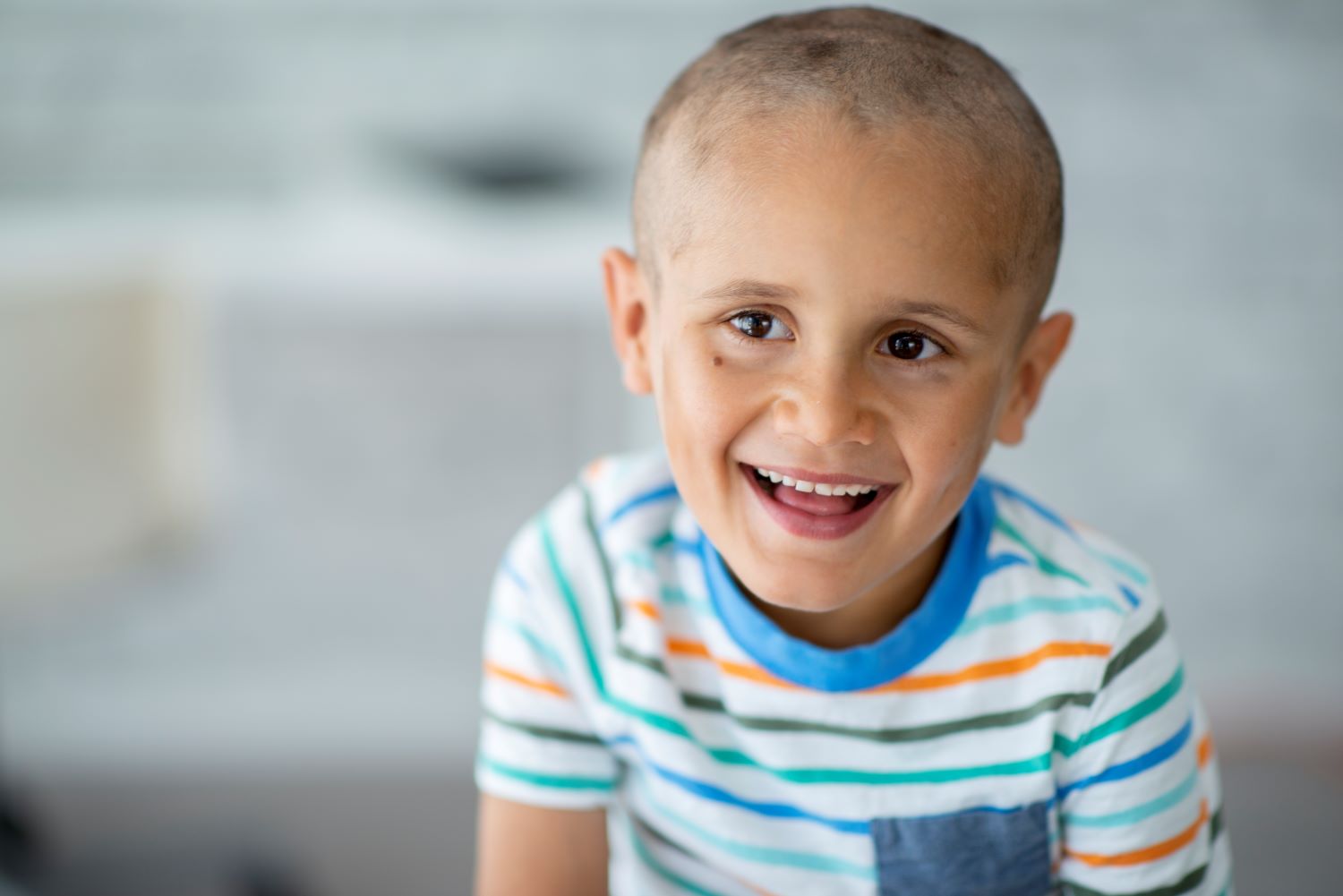Treatment
Pediatric Pain Management for Cancer
Pain Causes and Effects
Pain management is an important concern for a child with cancer or other pain-causing diseases. When a child has cancer, one of his or her greatest fears, and the fear of parents, is pain. Every effort should be made to ease the pain during the treatment process.
Pain Defined
Types of Pain
Pain Related to Cancer
Pain management is crucial to discuss with your child's doctor upon a cancer diagnosis or suspicion. Pain may arise from the cancer itself or other common childhood ailments like headaches or muscle strains. Factors influencing cancer pain include the type and stage of cancer, and the child's pain tolerance.
Persistent cancer pain can result from:
- Tumor growth
- Poor blood circulation
- Organ or tube blockages
- Metastasis
- Infection
- Inflammation
- Side effects from chemotherapy, radiation therapy or surgery
- Inactivity-induced stiffness
- Psychological responses such as tension, depression or anxiety
Treatment for Pain
Specific treatment for pain will be determined by your child's doctor based on:
-
Your child's age, overall health and medical history
-
Type of cancer
-
Extent of disease
-
Your child's tolerance for specific medications, procedures or therapies
-
Your opinion or preference
The two categories of pain management are pharmacological and non-pharmacological.
Frequently Asked Questions
What is pharmacological pain management?
What is non-pharmacological pain management?
Meet the Providers Who Offer Pain Management
Departments that Offer Pain Management for Cancer

Adolescent and Young Adult Cancer Program
Our program provides advanced care for adolescents and young adults between the ages of 15-39 who are diagnosed with cancer.
Test Your Knowledge

Tame the Beast

This research-based educational video helps your child and family learn about how chronic pain works and explains new approaches to help reduce pain.
